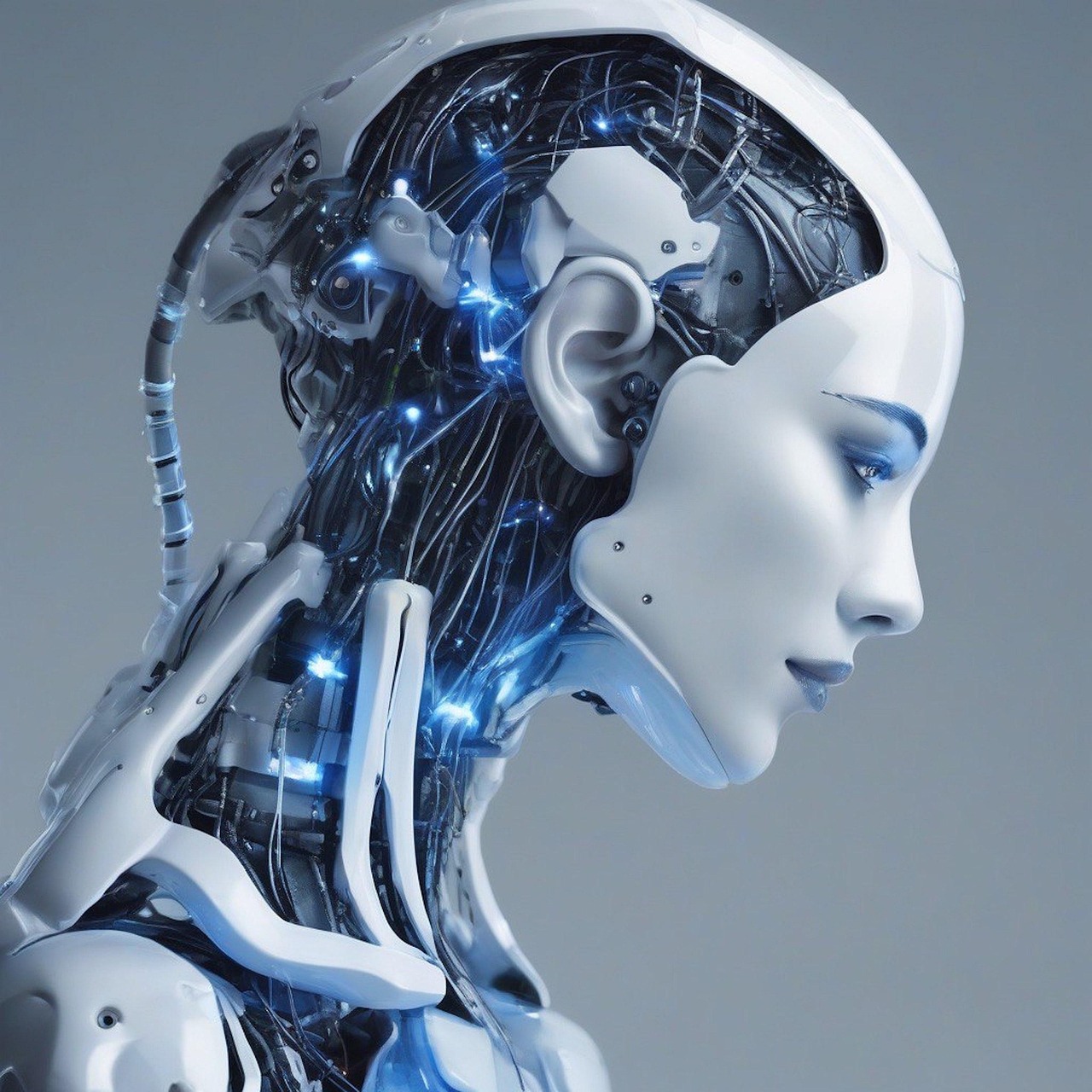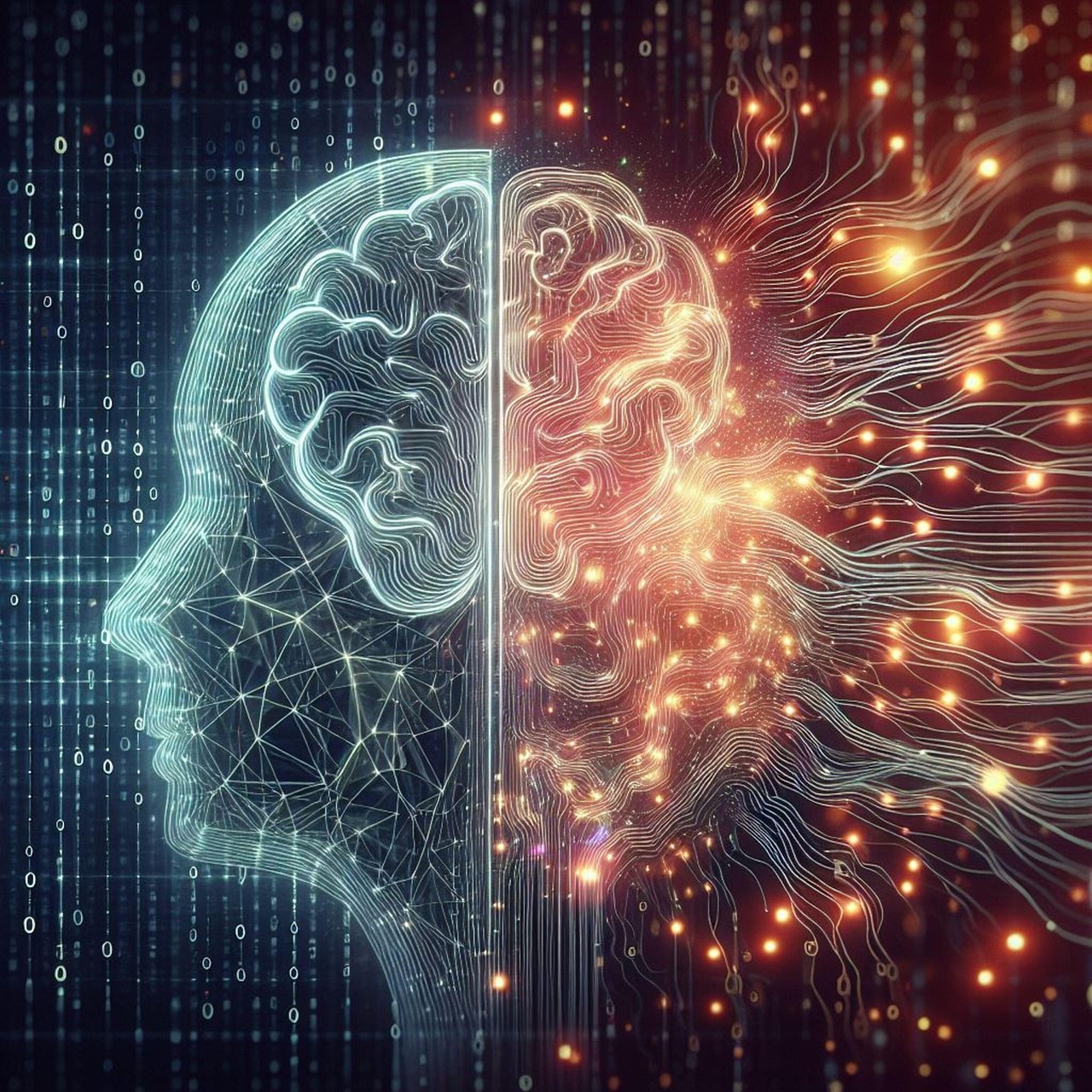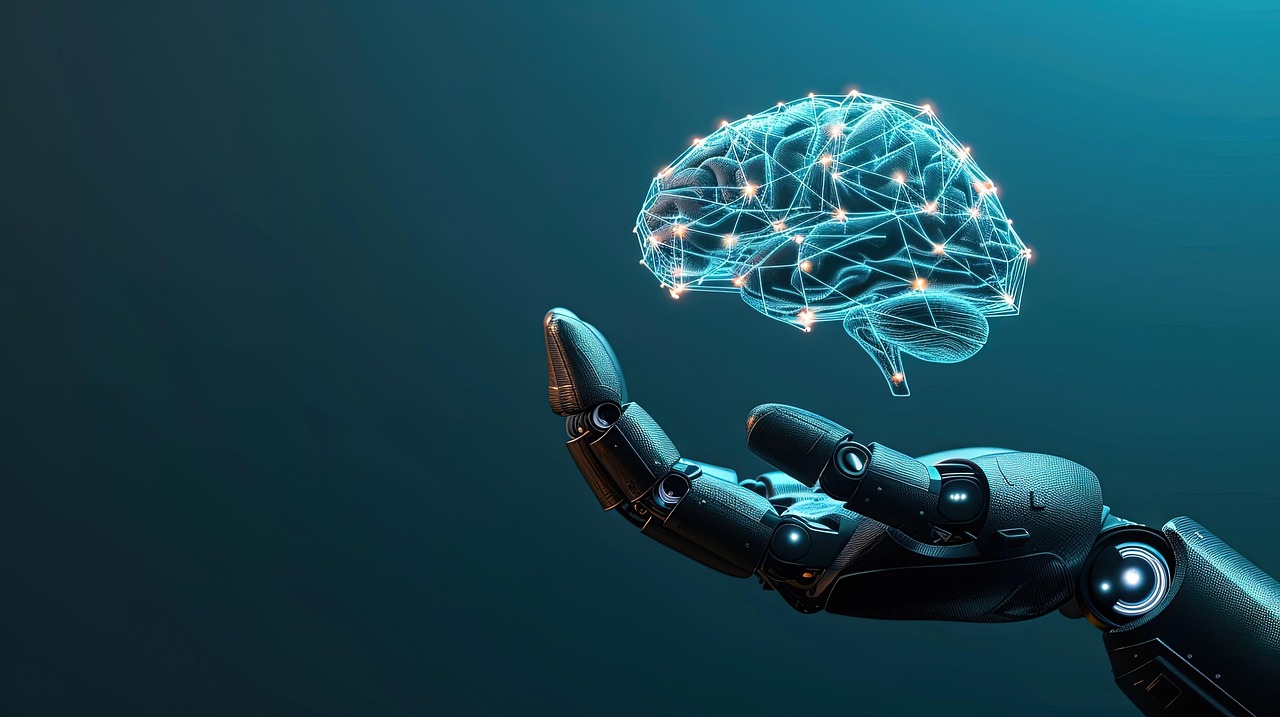AI works faster and costs less while humans create better emotional connections. The best marketing strategy combines AI’s data processing with human creativity. Top companies implement hybrid approaches that boost ROI while maintaining authentic brand voices.
Read more about the AI revolution in this article: https://amzoraltd.com/the-role-of-artificial-intelligence-in-future-proofing-your-online-presence/
Key Takeaways:
- AI content generation works faster and costs less, while human copywriting creates better emotional connections and maintains authentic brand voices
- The best marketing strategy combines AI’s data processing abilities with human creativity and strategic thinking
- AI tools such as Articoolo and Persado help marketing teams produce five times more content while keeping quality high
- Human writers still excel at creating original concepts, telling stories, and building emotional bonds with audiences
- Amzora Limited implements combined AI-human content strategies that boost ROI while keeping brand voices consistent
The ROI Battle: AI vs Human Marketing Copywriting
Marketing content creation stands at a turning point. As AI tools advance quickly, companies must decide whether to use AI-generated copy, stick with human writers, or find a middle ground. Amzora Limited, a leader in marketing innovation, closely monitors these changes to help businesses adapt to this shifting landscape.
The competition between AI and human copywriting isn’t just about which creates better content—it’s about understanding which method delivers the best return on investment for specific marketing goals. Each approach offers unique advantages and limitations that smart marketers need to consider.
AI Content Generation: Speed and Scale
at Your Fingertips
AI’s biggest strength in content creation is its exceptional efficiency. What might take a human writer hours or days, AI can produce in seconds. This speed benefit becomes especially valuable for businesses that need to maintain regular content schedules across multiple channels.
1. Rapid Production: Creating Content in Seconds vs Days
The math is simple—AI doesn’t get writer’s block, need breaks, or have to research topics from scratch. It pulls from massive knowledge bases to generate content quickly. For businesses with tight deadlines or high content volume needs, this speed translates directly to better productivity and faster market delivery.
2. Cost-Effectiveness: The Financial Advantage of AI Tools
The financial equation strongly favors AI for routine content creation. While good human copywriters charge premium rates, AI solutions typically work on subscription models that can create unlimited content for a set monthly fee. This predictable cost structure allows marketing teams to increase content production without similar budget increases.
3. SEO Optimization: How AI Masters Keywords and Search
Intent AI excels at technical content optimization. Modern AI tools can study top-performing content for specific keywords, find topic clusters, and apply SEO best practices. They maintain proper keyword density, suggest related terms, and structure content in ways search engines prefer—without the biases human writers might introduce.
4. Data-Driven Personalization: Targeting Audiences at Scale
Personalization is now essential in modern marketing, and AI delivers it efficiently. By examining user data and segments, AI can create different versions of content for various audience personas at once. This makes personalized marketing possible at scales that would be impractical with humans alone.
5. Automation of Routine Tasks: Freeing Human Resources
Not all content needs deep creative thinking. Product descriptions, basic social media posts, and data reports often follow set formats. AI handles these routine tasks well, allowing human talent to focus on high-value creative work that requires true innovation.
Human Copywriting:
The Emotional Intelligence Factor
Despite AI’s impressive abilities, human copywriters maintain important advantages that machines haven’t yet matched. The human edge is most obvious in areas needing emotional intelligence, cultural awareness, and strategic thinking.
1. Creative Genius: The Art of Original Storytelling Humans
create truly original ideas and craft compelling stories that connect on a deeper level. A skilled copywriter uses life experiences, cultural references, and understanding of human psychology to create content that feels genuine rather than formulaic. This storytelling skill remains especially valuable for brand-building content and campaigns meant to create emotional connections.
2. Building Authentic Connections Through Empathy
The best marketing copy doesn’t just inform—it makes readers feel understood. Human copywriters naturally grasp emotional subtleties and can write messages that validate customers’ experiences, challenges, and hopes. This empathy builds trust and loyalty that technically-correct AI content often fails to create.
3. Brand Voice Mastery: Maintaining Unique Personality
A brand’s voice is its personality expressed through words. Human copywriters excel at keeping consistent yet growing brand voices across all communications. They understand subtle tone shifts needed for different channels and audiences while keeping the core brand identity. This consistency creates recognition and trust over time in ways AI-generated content still struggles to match.
The Limitations That Define Both Approaches
Understanding what limits both AI and human copywriting helps marketers make smart decisions about when to use each approach.
1. Where AI Falls Short: Creativity, Errors, and Nuance
AI content generation, for all its capabilities, still has major limitations. Most AI systems can’t achieve true creativity—making unexpected connections or developing genuinely new concepts. They’re good at remixing existing information but rarely create breakthrough ideas.
AI can make factual errors or write content that sounds right but isn’t. Without oversight, these errors can harm brand credibility. Also, AI often misses subtle context, cultural sensitivities, or brand nuances that human writers understand naturally.
Finally, AI-generated content sometimes has a noticeable pattern that attentive readers can spot. This sameness in AI-produced content can seem generic or fake to audiences who value distinctive brand voices.
2. Human Constraints: Time, Cost, and Scalability
Human copywriting has its own limitations. Most notably, it takes much more time and money than AI alternatives. A single well-written blog post might take a professional writer several hours, while an AI could create dozens of drafts in that same time.
Human writers also struggle with scaling. Meeting content needs across multiple channels, markets, and customer segments requires large writing teams that many companies can’t afford. Human writers may also create inconsistencies in quality and style, especially when multiple freelancers or agencies work together.
Real-World Success: The Hybrid Approach
The most successful marketing teams don’t choose between AI and human copywriting—they strategically combine both approaches to maximize strengths and minimize weaknesses.
1. Case Study: How Teams Multiply Their Output With AI
One striking example comes from a marketing director who reported that their 10-person team now does work that once required 50 staff members. Their method? A combined approach where AI handles initial content creation, research gathering, and basic formatting, while human experts focus on strategic direction, creative ideas, and quality improvements.
Tools such as Articoolo, Wordsmith, and Persado have become key parts of many marketing workflows. These platforms don’t replace human copywriters but instead boost their productivity. For instance, AI can create multiple headline options for A/B testing, while humans pick and refine the most promising ones based on brand knowledge and creative judgment.
2. Content Types: When to Use AI vs Human Writers
Smart marketers develop clear guidelines for when to use each approach:
AI excels at:
- Product descriptions and specifications
- Basic social media posts
- SEO-focused blog content
- Email marketing templates
- Data-driven reports and updates
- Content localization across markets
Human writers are essential for:
- Brand positioning and voice development
- High-stakes campaigns and flagship content
- Storytelling and emotional messaging
- Crisis communications
- Thought leadership articles
- Creative campaign concepts
The Future Belongs
to Marketers Who
Master Both
The question isn’t if AI will replace human copywriters—it’s how the two methods can best work together. Smart marketers know that both AI and human creativity play essential roles in a complete content strategy.
The most successful marketing teams will be those that create efficient workflows combining AI’s speed with human creativity and strategic oversight. These mixed approaches let companies scale content production while maintaining quality and authenticity.
For businesses wanting to maximize their marketing ROI, the answer isn’t picking between AI and human copywriting—it’s finding the right balance of both. Amzora Limited helps companies create these integrated content strategies that use the best of both worlds.
Contact Amzora Limited to create the perfect mix of AI efficiency and human creativity for your marketing content needs.



Pingback: Chatbots vs Live Chat AI Marketing for Customer Engagement - Content Marketing Agent
Pingback: Jasper vs Copy.ai for Content Generation Features & Cost - Content Marketing Agent
Pingback: How AI's Introduction Transformed Content Marketing for Professional Services